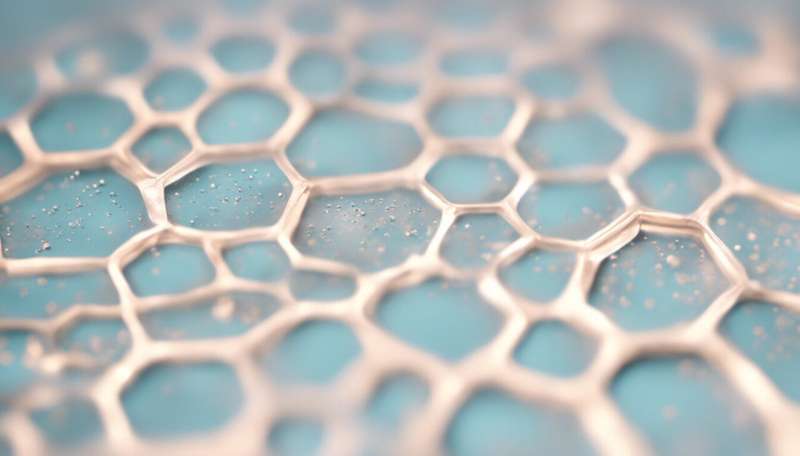Standard purification process changes the structure of antibodies—and then changes them back

Monoclonal antibodies represent one of the most important segments of international biopharma, and how they are purified is a major factor in their success. Now, A*STAR researchers have revealed an unexpected physical structure change during a standard purification process that could have major implications for antibody purification going forward.
Scientists routinely exploit a bacterial molecule called protein A to purify antibodies from cell culture-associated contaminants. The antibodies are usually then eluted by switching from neutral to acidic pH, which disrupts the interaction with protein A. There are mysterious deficiencies in this approach, however, which rarely delivers even 99 per cent purity. Pete Gagnon and colleagues at the A*STAR Bioprocessing Technology Institute set out to find out why. "It should yield 99.999 per cent purity in a single step," says Gagnon. "For somebody having an antibody drug injected intravenously, or manufacturers making such drugs, this is a big deal."
Some studies had suggested that acidic conditions may cause the antibody structure to partially collapse, leading to aggregation. Gagnon and his team explored this by examining how pH changes affected three commonly used therapeutic antibodies in the specific context of their interactions with protein A. Intriguingly, they found the size of the antibodies was halved during elution from protein A, indicating that they had undergone a marked change in physical structure.
Although the acidic conditions played a role, the team was astonished to learn that the nature of the protein A-antibody interaction is behind this structural disruption. Upon binding protein A, the antibody assumes a partially unfolded structure that renders it considerably more vulnerable to environmental changes. "Our results go far beyond interesting or surprising and well into the realm of shocking," he says. "Industry has used protein A for antibody purification for decades and assumed it did not impose any structural changes on those antibodies." These changes have direct consequences—antibodies eluted under these conditions tended to form aggregates that remained stable even when they were transferred to neutral conditions.
Antibody drugs represent a large share of the therapeutic market for major diseases such as cancer and arthritis—the three antibodies tested here have each made billions of dollars for their manufacturers—and Gagnon notes that their article has already commanded attention. Subsequent work by his team has confirmed that this effect can undermine the purity of antibody preparations and has identified process steps that could mitigate this problem. "Objectively, our study will change the way industry does antibody purification," he says.
The A*STAR-affiliated researchers contributing to this research are from the Bioprocessing Technology Institute. For more information about the team's research, please visit the Downstream Processing Group webpage.
More information: "Transient conformational modification of immunoglobulin G during purification by protein A affinity chromatography." Journal of Chromatography A 1395, 136–142 (2015). dx.doi.org/10.1016/j.chroma.2015.03.080



















